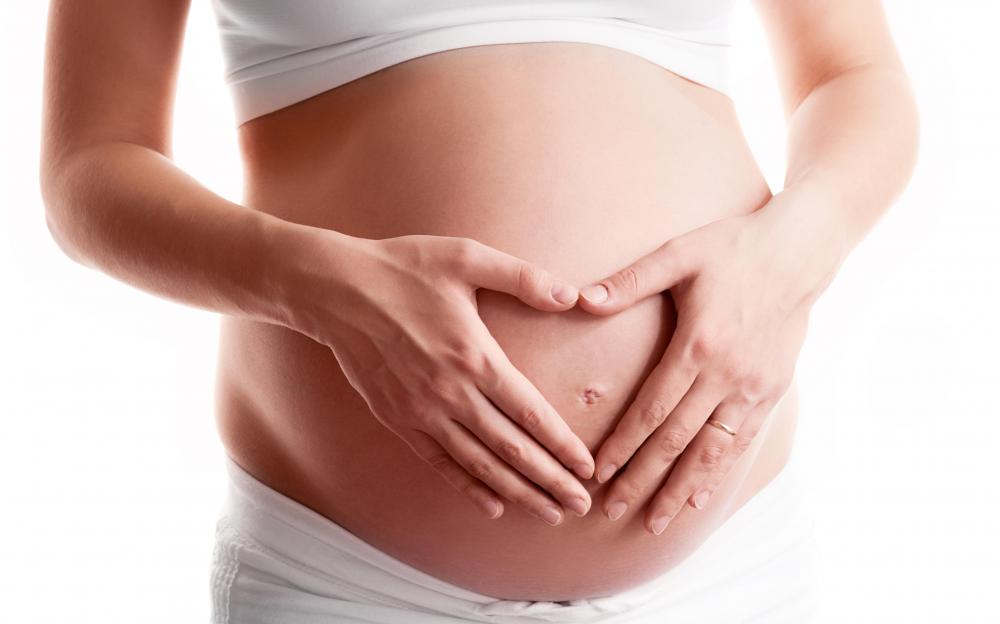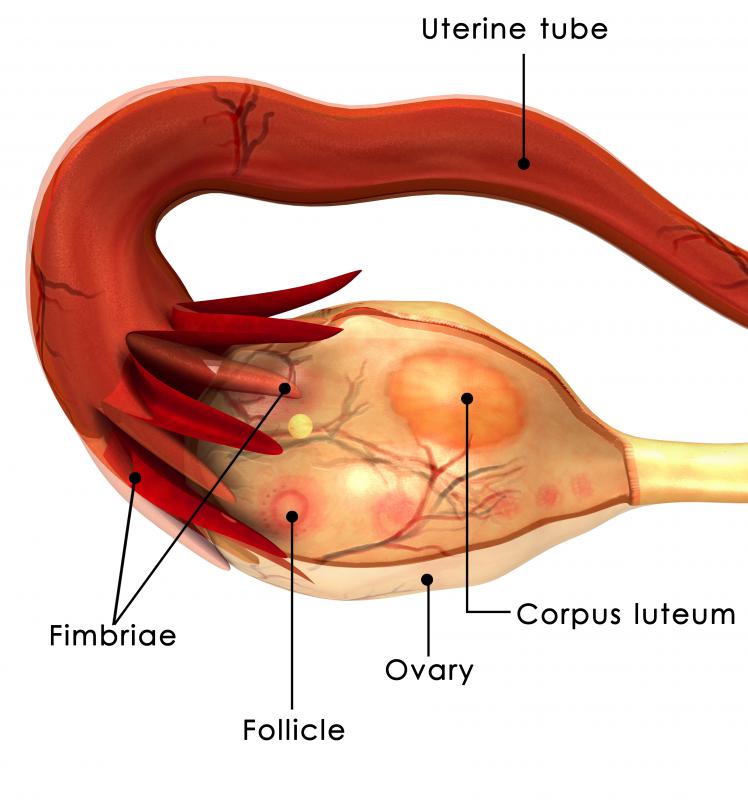At WiseGEEK, we're committed to delivering accurate, trustworthy information. Our expert-authored content is rigorously fact-checked and sourced from credible authorities. Discover how we uphold the highest standards in providing you with reliable knowledge.
What is an Ovulation Detector?
Those looking to conceive can get assistance from an ovulation detector, which shows the user when she will likely ovulate. This kind of tool allows couples to plan intercourse accordingly to ensure that they give themselves the best chance to conceive naturally. There are two main types of ovulation detectors. One uses urine to test for signs of ovulation, while the other uses saliva.
An ovulation detector works by sensing the hormone that is released just before ovulation occurs. It is called the luteinizing hormone, or LH surge, and it usually occurs anywhere from 12 to 36 hours before the egg is released. Though this method of pinpointing ovulation is usually accurate, it is occasionally possible to experience a surge of LH without an egg being released, in which case the woman would get a false positive from the ovulation detector. For this reason, it is a good idea to use other methods for predicting ovulation at the same time.

The urine test often works similarly to a pregnancy test, in that the sensor looks for a certain hormone before providing a positive or negative answer. While a pregnancy test searches for human chorionic gonadotropin, or hCG, an ovulation detector tests for luteinizing hormone, or LH. It is important to read the directions of the ovulation predictor before using it, though the majority of them recommend using the first morning's urine when testing, since it is the most concentrated kind.

A saliva ovulation detector is usually known as an ovulation scope. With this type of test, the user places a sample of saliva on the microscope slide that comes with it, waits for it to dry, and then observes the pattern the saliva creates. If the slide shows either nothing or several unconnected dots, ovulation is not on the horizon. If the pattern resembles a snowflake, ovulation may occur in the next several days. An obvious fern-like pattern is a sign that the woman will ovulate within the next couple days, which means it is the best time for intercourse at that point.

Unlike some free ways of detecting ovulation, an ovulation detector can predict when it will occur before it takes place. Taking the basal body temperature is one way to predict ovulation for free, but since the temperature usually only rises after ovulation has occurred, it is best for showing the general pattern. It usually takes months of taking the temperature everyday to accurately detect a pattern so that ovulation can be predicted before it occurs. For this reason, many women prefer to purchase an ovulation detector while they wait to see a trend using their temperatures.
AS FEATURED ON:
AS FEATURED ON:















Discuss this Article
Post your comments